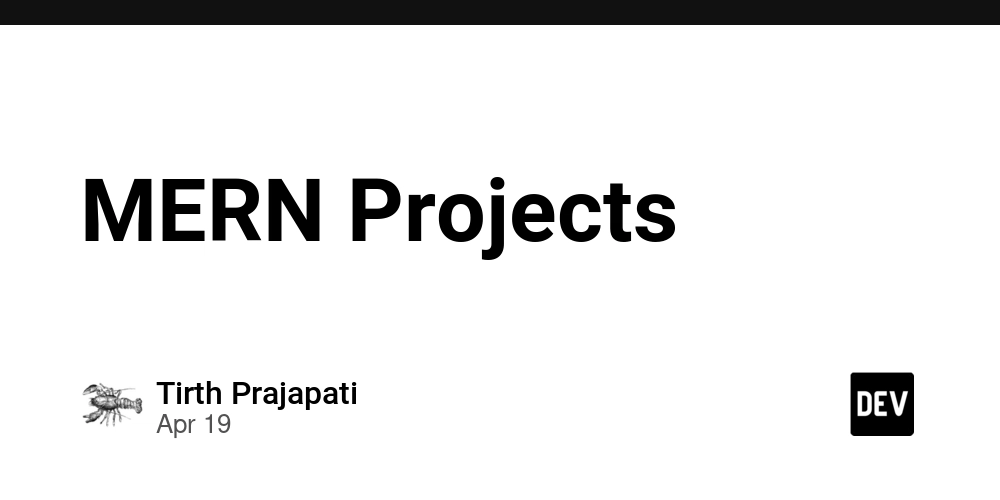Beyond Hype: The Real Metrics Behind Commercially Successful Blockchains
In 2025, the blockchain industry stands at a crossroads. More than 1,000 networks compete globally, but only a handful achieve true commercial success. Today, raw speed or low fees are no longer enough - the real winners are ecosystems that combine scalability, adoption, developer trust, and regulatory readiness. In this article I will try to dive deep into the real metrics that separate hype from substance, compare industry leaders and emerging players, and examine the challenges they face. Genuine success across the blockchain ecosystem isn't about flashy announcements — it's about real economic integration and long-term stability. A blockchain that proves real-world relevance handles high transaction volumes reliably, engages active users and developers, maintains sustainable TVL across sectors, and builds strong enterprise partnerships while preparing for regulatory demands. But how can we objectively evaluate whether a blockchain is truly succeeding? Certain key metrics have proven to be reliable indicators of long-term health and viability. Let's break them down: TPS (Transactions Per Second) – proves the network can scale when it counts. Active Wallets – prove that users are actively engaging. Total Value Locked (TVL) – signals deep, lasting financial commitment. Active Smart Contracts – prove the ecosystem is building, not stalling. Enterprise Partnerships – validate the network’s relevance to real-world industries. Regulatory Readiness – makes sure growth isn’t just fast, but built to last. To see what real commercial success looks like, I spotlight Ethereum, Solana, Polygon, and BNB Chain — key pillars of today’s blockchain economy. They have proven themselves in user adoption, capital flow, and ecosystem development, while also exposing certain vulnerabilities that newer projects can learn from. Ethereum: ~15 TPS | $30B+ TVL | 3,000+ projects | High fees ($5–30) → DeFi dominance (MakerDAO, Aave), Visa stablecoin transactions ⚡ Challenges: Scaling, high gas fees Solana: ~4000 TPS | $4B TVL | 700+ projects | Ultra-low fees (

In 2025, the blockchain industry stands at a crossroads. More than 1,000 networks compete globally, but only a handful achieve true commercial success. Today, raw speed or low fees are no longer enough - the real winners are ecosystems that combine scalability, adoption, developer trust, and regulatory readiness.
In this article I will try to dive deep into the real metrics that separate hype from substance, compare industry leaders and emerging players, and examine the challenges they face.
Genuine success across the blockchain ecosystem isn't about flashy announcements — it's about real economic integration and long-term stability. A blockchain that proves real-world relevance handles high transaction volumes reliably, engages active users and developers, maintains sustainable TVL across sectors, and builds strong enterprise partnerships while preparing for regulatory demands.
But how can we objectively evaluate whether a blockchain is truly succeeding? Certain key metrics have proven to be reliable indicators of long-term health and viability. Let's break them down:
- TPS (Transactions Per Second) – proves the network can scale when it counts.
- Active Wallets – prove that users are actively engaging.
- Total Value Locked (TVL) – signals deep, lasting financial commitment.
- Active Smart Contracts – prove the ecosystem is building, not stalling.
- Enterprise Partnerships – validate the network’s relevance to real-world industries.
- Regulatory Readiness – makes sure growth isn’t just fast, but built to last.
To see what real commercial success looks like, I spotlight Ethereum, Solana, Polygon, and BNB Chain — key pillars of today’s blockchain economy. They have proven themselves in user adoption, capital flow, and ecosystem development, while also exposing certain vulnerabilities that newer projects can learn from.
Ethereum: ~15 TPS | $30B+ TVL | 3,000+ projects | High fees ($5–30)
→ DeFi dominance (MakerDAO, Aave), Visa stablecoin transactions
⚡ Challenges: Scaling, high gas fees
Solana: ~4000 TPS | $4B TVL | 700+ projects | Ultra-low fees (<$0.01)
→ NFT marketplaces (Magic Eden), gaming ecosystems
⚡ Challenges: Network outages
Polygon: ~65 TPS | $1.5B TVL | 600+ projects | Very low fees
→ Mass adoption via partnerships (Starbucks, Nike, Reddit NFTs)
⚡ Challenges: Fragmentation, Ethereum dependency
BNB Chain: ~300 TPS | $5B+ TVL | 1,200+ projects | Low fees
→ DeFi (PancakeSwap), GameFi applications
⚡ Challenges: Centralization risk
While analyzing leading blockchains, it's impossible to ignore BNB by Binance — a CEX-backed coin with massive traction but concerns around decentralization and regulation. A similar CEX-backed model can be seen with Whitechain and its native coin WBT, supported by WhiteBIT. Built on a modern Layer 1 foundation, Whitechain combines over 2,000 TPS, one-second finality, and bridge-interoperability with Ethereum, Polygon, and Tron.
Talking about WBT, a native coin for transactions, staking, and governance across the ecosystem -- it emphasizes regulatory compliance and minimized insider allocation, positioning itself as a more balanced and scalable solution compared to first-generation CEX-backed projects.
As it was noted in a recent CoinMarketCap article, over the course of nearly three years, WBT consistently expanded its user base, strengthened its market presence, and by 2025, reached a capitalization of around $5 billion, demonstrating resilience even during periods of heightened market volatility. Thus, Whitechain technical foundation and strategic focus provide a strong base for long-term adoption despite some challenges it still has to navigate as any young blockchain.
Having reviewed how leading and emerging blockchains are positioning themselves today, it’s important to also look ahead at the broader trends shaping the next phase of the industry, that will probably be driven by:
-real-world asset tokenization, decentralized identity solutions;
-Layer 2 scalability breakthroughs like rollups and zkEVMs;
-AI integration for smarter infrastructure;
-the rise of regulatory-ready networks.
Projects that align with these trends are more likely to achieve lasting adoption and resilience in an increasingly demanding market. Ultimately, it won’t be ambitious claims that define success, but the ability to deliver real value at scale. The next era of blockchain will belong to those who build for practical, lasting impact.


.jpg)

























![[Webinar] AI Is Already Inside Your SaaS Stack — Learn How to Prevent the Next Silent Breach](https://blogger.googleusercontent.com/img/b/R29vZ2xl/AVvXsEiOWn65wd33dg2uO99NrtKbpYLfcepwOLidQDMls0HXKlA91k6HURluRA4WXgJRAZldEe1VReMQZyyYt1PgnoAn5JPpILsWlXIzmrBSs_TBoyPwO7hZrWouBg2-O3mdeoeSGY-l9_bsZB7vbpKjTSvG93zNytjxgTaMPqo9iq9Z5pGa05CJOs9uXpwHFT4/s1600/ai-cyber.jpg?#)












































































































































![[The AI Show Episode 144]: ChatGPT’s New Memory, Shopify CEO’s Leaked “AI First” Memo, Google Cloud Next Releases, o3 and o4-mini Coming Soon & Llama 4’s Rocky Launch](https://www.marketingaiinstitute.com/hubfs/ep%20144%20cover.png)






































































































































































































![Rogue Company Elite tier list of best characters [April 2025]](https://media.pocketgamer.com/artwork/na-33136-1657102075/rogue-company-ios-android-tier-cover.jpg?#)







































































_Andreas_Prott_Alamy.jpg?width=1280&auto=webp&quality=80&disable=upscale#)






























































































![What’s new in Android’s April 2025 Google System Updates [U: 4/18]](https://i0.wp.com/9to5google.com/wp-content/uploads/sites/4/2025/01/google-play-services-3.jpg?resize=1200%2C628&quality=82&strip=all&ssl=1)










![Apple Watch Series 10 Back On Sale for $299! [Lowest Price Ever]](https://www.iclarified.com/images/news/96657/96657/96657-640.jpg)
![EU Postpones Apple App Store Fines Amid Tariff Negotiations [Report]](https://www.iclarified.com/images/news/97068/97068/97068-640.jpg)
![Apple Slips to Fifth in China's Smartphone Market with 9% Decline [Report]](https://www.iclarified.com/images/news/97065/97065/97065-640.jpg)































































































































